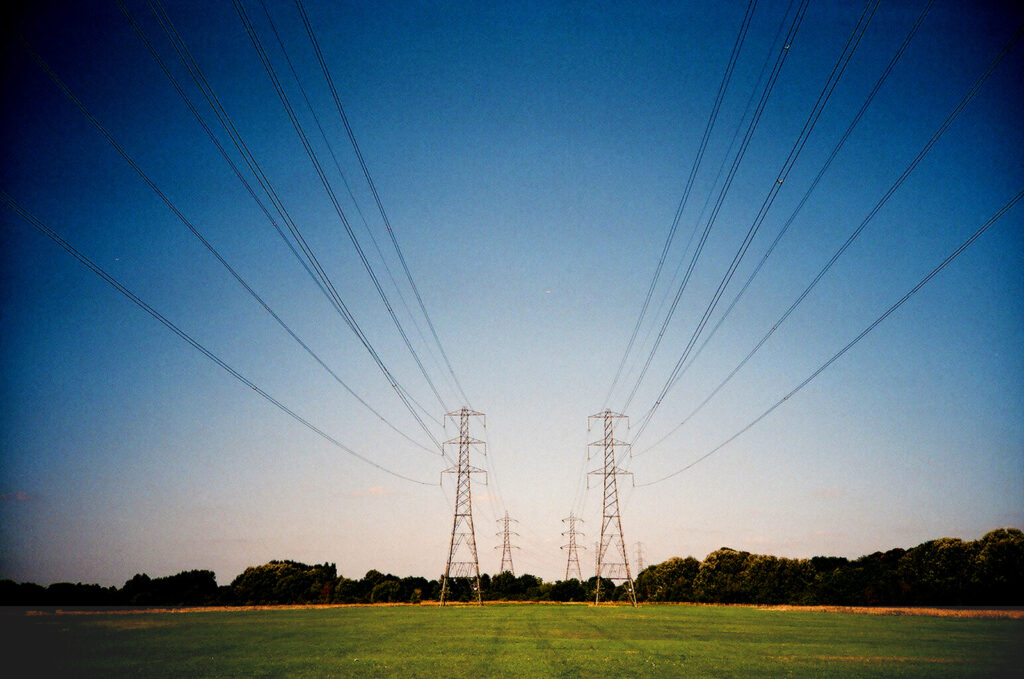“Delivering all of the planned upgrades would cause cumulative steel demand for the transmission system to rise by 450% between 2025 and 2035,” said Aurora Energy Research.
Adding to this, Britain will face strong competition globally to meet this demand with Aurora expecting Germany and Spain to each deploy more than three times as much additional grid infrastructure by 2050 as Britain, which will likely strain global supply chains.
Manging grid infrastructure upgrades could be crucial in securing net zero in the UK. Aurora’s research recognised that Britain needs to deploy 40GW of offshore wind by 2030 to be on track to reaching net zero by 2050.
But if Britain were to install that offshore wind power without adequate transmission system upgrades, power sector emissions in 2023-2050 would “surpass the total required to reach net zero by 55%”.
“Great Britain has made great strides in building wind and solar projects over the past decade and has ambitious targets to deploy more renewable power generation. This is necessary but not sufficient to deliver our net zero targets: we also need to accelerate investment in grid capacity to link these projects to our cities and towns,” said Richard Howard, global research director at Aurora Energy Research.
“Britain already faces a growing problem of having to turn off significant amounts of renewable power when the grid is constrained, and this will increase sharply unless we deliver the required grid upgrades in time.”
It is well documented on Current± that the rapid expansion of clean energy generation via solar, wind and other renewable technologies has seen infrastructure lag behind.
This has been reflected by Aurora Energy Research who argues that “Britain’s electricity transmission system has not expanded at the same pace as the country’s renewable power generation capacity”. As a result, many generators are required to reduce their output to avoid grid malfunction in what is known as ‘curtailment’.
Aurora said that wind curtailment “more than tripled between 2016 and 2022, with the volume of curtailed wind power in 2022 equalling 1% of Britain’s total electricity consumption”. This introduces additional costs as well with the management of the imbalances having “cost British electricity consumers £2 billion in 2022 alone”.
If the UK was able to access this additional capacity, it could be crucial in maintaining net zero targets and also reducing the cost of energy bills.
“Delivering the grid upgrades planned by Ofgem and National Grid would require nearly 10,000 km of additional transmission lines: a very tall order. Long-duration energy storage (LDES) technologies could provide a useful complementary solution to rising curtailment alongside grid expansion, but the lack of a route to market for these technologies is a barrier to investment,” said Ashutosh Padelkar, GB research associate at Aurora Energy Research.
“The government has a key role to play: introducing mechanisms like revenue cap and floor could help de-risk investment and support the deployment of LDES at a low cost to consumers.”





